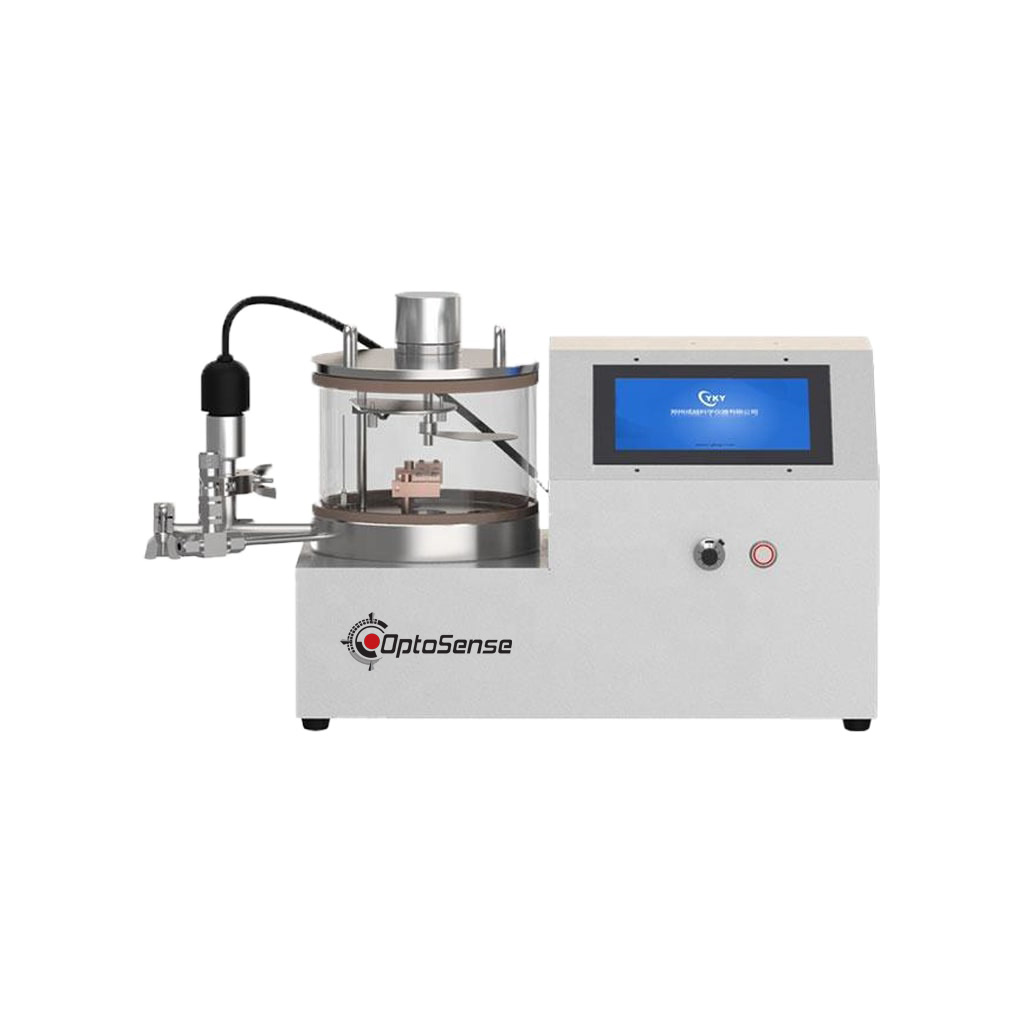Thermal Evaporation

Thermal evaporation is a process in which a material is heated to a high temperature, causing it to undergo a phase transition from a solid to a vapor, and then deposited onto a substrate to form a thin film. This technique is commonly used in various industries, including semiconductor manufacturing, optics, and coatings.
SALE PRICE: RFQ
Thermal evaporation is a versatile technique and is particularly useful for depositing materials with high vapor pressures. However, it may not be suitable for all types of materials, and alternative deposition methods like sputtering or chemical vapor deposition may be employed depending on the specific requirements of a given application.
WORKING PRINCIPLE OF Thermal Evaporation
The working principle of thermal evaporation involves the conversion of a solid material into a vapor phase through the application of heat, followed by the deposition of the vaporized material onto a substrate.
Material Preparation:
-A solid material, often in the form of a thin rod or pellet, is selected for deposition.
-The choice of material depends on the desired properties of the thin film and the specific application.
Evaporation Chamber:
–The material is placed in a vacuum chamber. Creating a vacuum is essential to eliminate the presence of air molecules, which can interfere with the evaporation process.
Vacuum Creation:
–The vacuum chamber is evacuated to reduce the pressure inside. This is crucial because it lowers the boiling point of the material, facilitating the transition from solid to vapor.
Heating the Material:
–A suitable heating source is employed to raise the temperature of the material. Common heating sources include resistance heaters, electron beam sources, or infrared lamps.
-The temperature is carefully controlled to ensure that the material reaches its vaporization or sublimation temperature without undergoing undesired chemical reactions.
Vaporization:
–As the material reaches its vaporization temperature, it undergoes a phase transition from a solid directly to a vapor. This process is known as sublimation.
-The vaporized material forms a cloud of particles within the vacuum chamber.
Deposition on Substrate:
–A substrate, such as a wafer or another target surface, is positioned within the vacuum chamber.
-The vaporized material condenses onto the substrate, forming a thin film.
-The characteristics of the thin film, such as thickness and uniformity, can be controlled by adjusting deposition parameters such as temperature, pressure, and deposition time.
Film Formation:
–The deposited material on the substrate cools and solidifies, forming a thin film with the desired properties.
End of Process:
–Once the deposition is complete, the vacuum in the chamber is often maintained for a brief period to ensure that no unwanted contaminants are introduced.
What are the usage areas of thermal evaporation?
Thermal evaporation, a versatile thin-film deposition technique, finds wide-ranging applications across diverse industries. In semiconductor manufacturing, it plays a crucial role in depositing thin films on substrates for processes like metallization and passivation. The optics and photovoltaic sectors benefit from thermal evaporation in creating coatings on lenses, mirrors, and thin-film solar cells. Display technologies, including flat-panel displays with thin-film transistors and OLEDs, utilize this method for critical layering. The packaging industry employs thermal evaporation for protective coatings, enhancing materials’ resistance to corrosion. Sensors benefit from tailored thin films, influencing sensitivity and response characteristics. In research and development, thermal evaporation is a common choice for experimental thin-film deposition. Additionally, it contributes to decorative coatings, membrane and filter production, superconductor fabrication, and the manufacturing of microelectronic and MEMS devices. This broad spectrum of applications underscores the significance of thermal evaporation in advancing technology and innovation across multiple fields.
You can click here for our other products and here for the meaning of thermal evaporator.
